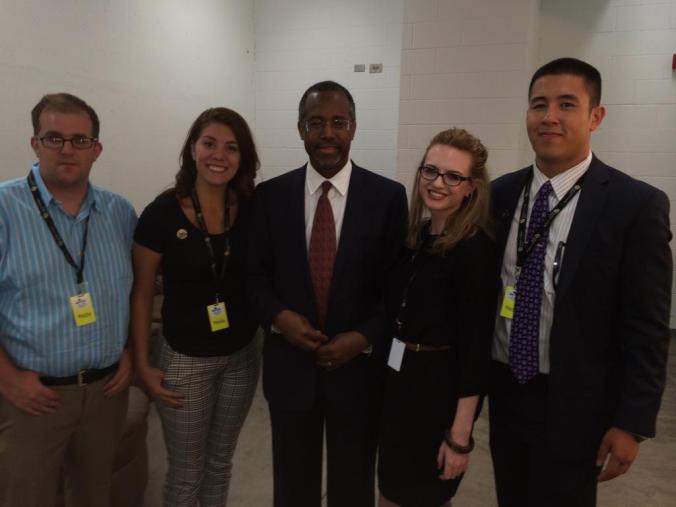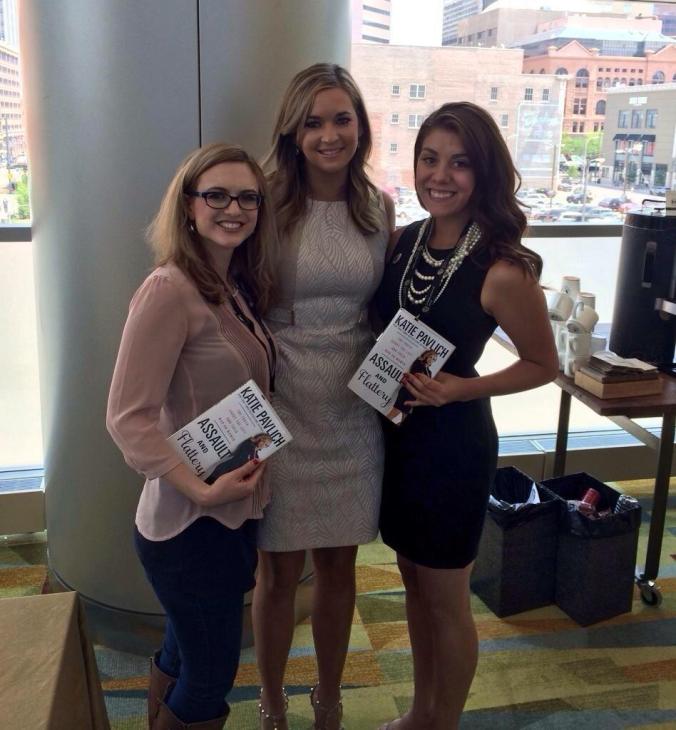“Du bist verrückt mein Kind, du mußt nach Berlin.”
“You are crazy my child, you must go to Berlin.”
-Franz von Suppe
Berlin, an absolutely massive city, abounds with opportunities for exploration, and so, the nine of us on the inaugural semester of the “Sustainabilty in Berlin” program, set out to conquer it. Jet lagged and probably more than a little overwhelmed, we muddled through what little German we knew to buy groceries, order at restaurants, send mail, and navigate the public transportation system. At first it was scary… but that was almost the best part; comfort zones are no place for personal growth.
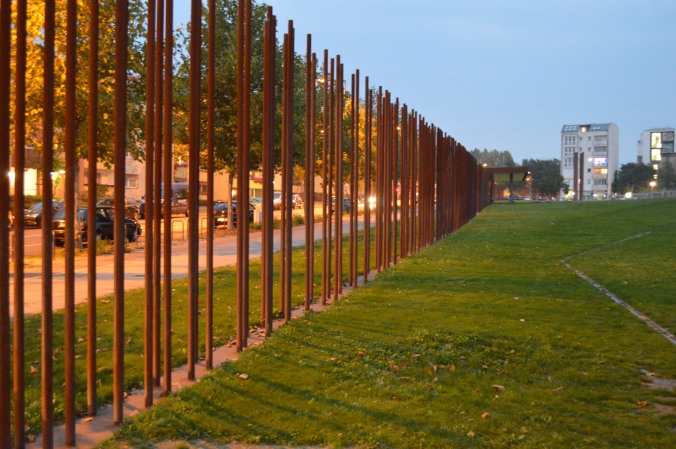
Where the Berlin Wall once stood on the corner of Bernauer Straße and Ackerstraße, one of the first locations the Wall was erected.
The only word I can think of to describe this experience is: surreal. It is a once in a lifetime opportunity to be able to live and study in another place. Berlin, a historic locale and one of the most sustainable cities in the world, has so much to offer.
Our first week has been filled with walks along the bridge that East Berliners crossed over into West Berlin after the Wall fell, views of the Berlin Cathedral where Nazis once marched, strolls underneath Oberbaumbrücke along the Spree River, walking the floors of Charlottenburg Palace once frequented by royalty,“family” dinners in our Prenzlauer-Berg apartments, and restaurants lit solely by candlelight. A sustainability scavenger hunt through the Kreuzberg District; a captivating talk by Robert Swan, the first and probably the last man to walk across both the North and South Poles; and orientations to spectacular internships introduced us to sustainability in a way absolutely unknown in the United States. On this issue of sustainability, Robert Swan asserted that whether we are causing it or not, climate change is happening and we have to do something about. The difference between Germany and the United States is that they are implementing measures to stop and reverse that change.
Sustainable practices abound in Berlin. The grocery stores provide refunds that can be put towards purchases for recycling plastic bottles, their public transportation system is extensive and impressive and many fewer people drive, and plastic bags in supermarkets are only available upon purchase. In Kreuzberg the Prinzessinnengarten, an urban community garden grows fruits and vegetables sustainability, and the streets boast organic clothing shops, cafes that purchase produce that would otherwise be thrown away en masse, and a small store that encourages the purchase of reusable containers to reduce plastic waste. These small things, coupled with the work of NGOs, activist organizations, and the German and EU governments make sustainability an efficient and cost-effective reality.
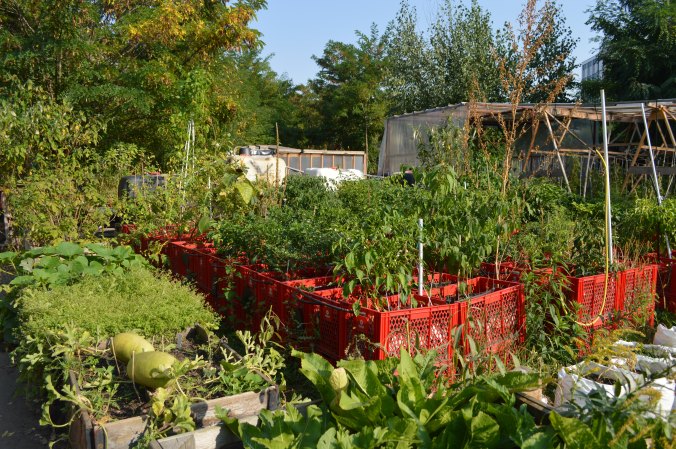
Prinzessinengarten, a sustainable community garder in Kreuzberg.
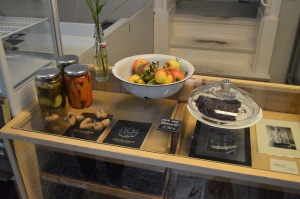
Culinary Misfits, a sustainable café in Kreuzberg that purchases deformed fruits that would otherwise be thrown away en masse.
It’s an eye-opening place, really. The entire city is dripping with incredible history, much of which took place hundreds of years before the United States ever existed. And in terms of sustainability, Berlin is proof that it is viable on a large scale, and that whether or not we are causing global climate change (which we are), we can actually DO something about it. We can have a hand in reversing it in a local, grassroots way, effectively implementing change from the bottom up until substantive policy and funding in the United States instates top-down change.
And that is only in the first week…

Our first “family” dinner in Berlin in one of the apartments in Prenzlauer Berg.

